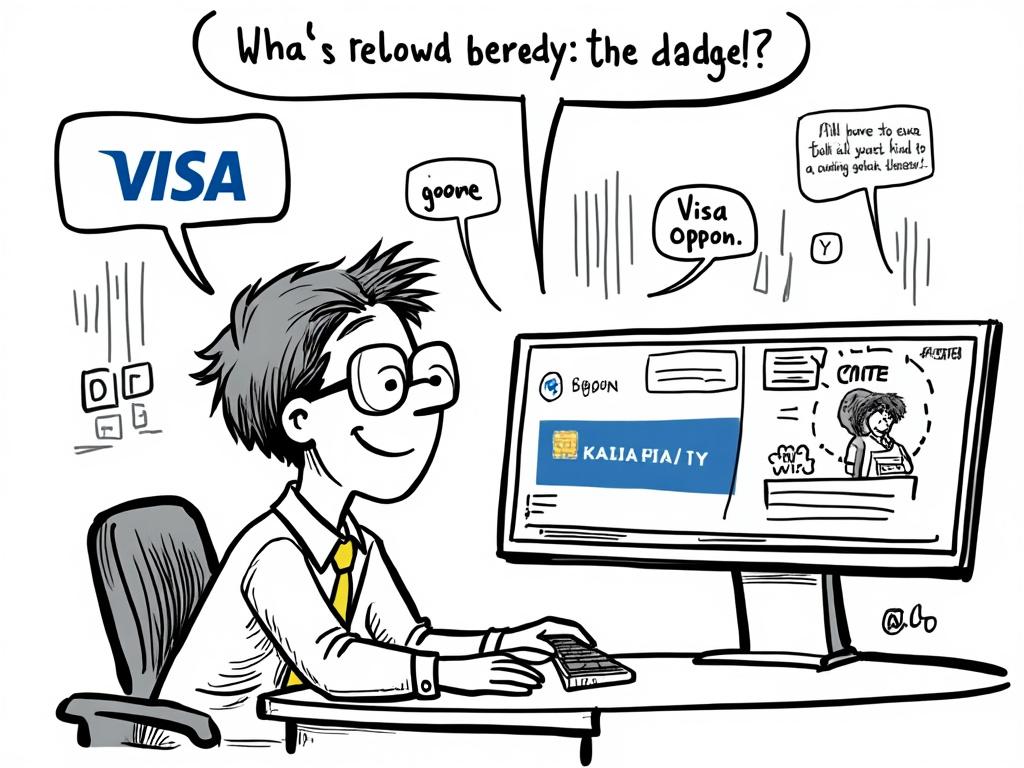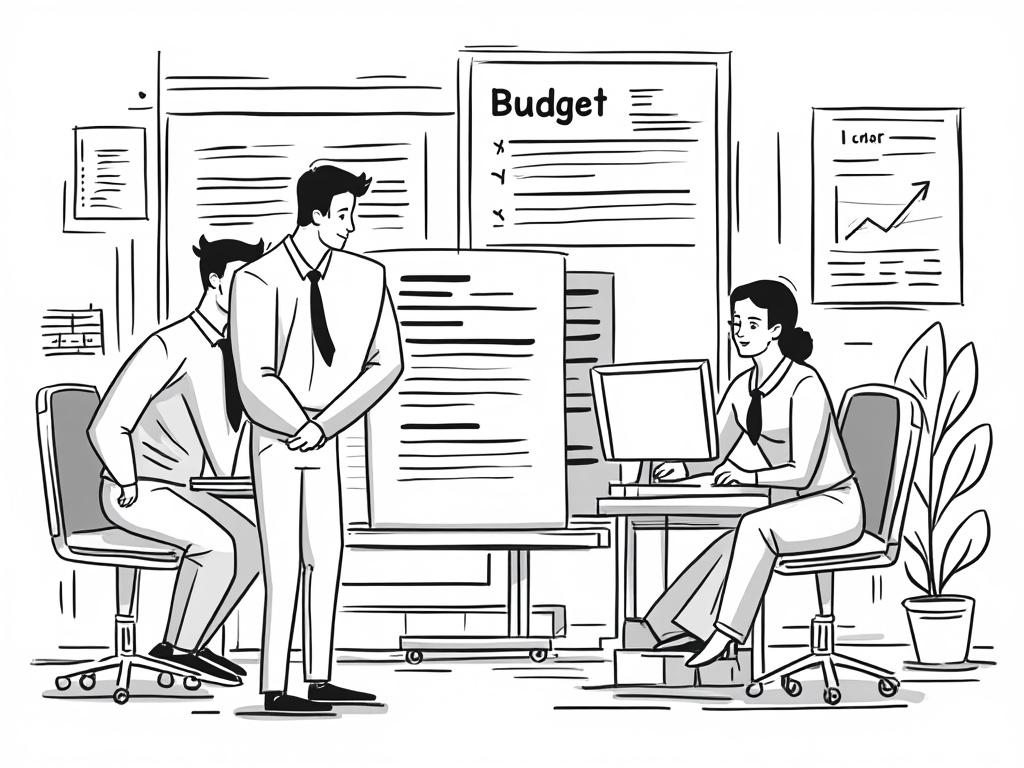
UAE Star Rating System: Evaluating Service Quality
Reading time: 12 minutes
Ever wondered how Dubai’s luxury hotels consistently deliver world-class experiences? Or why certain restaurants in Abu Dhabi seem to maintain impeccable service standards year after year? The answer lies in the UAE’s sophisticated star rating system—a comprehensive framework that’s revolutionizing how service quality is measured and maintained across the Emirates.
Table of Contents
- Understanding the UAE Star Rating Framework
- Hospitality Industry Standards and Classifications
- The Evaluation Process: Behind the Scenes
- Comparative Analysis: UAE vs. Global Standards
- Business Impact and Market Positioning
- Implementation Challenges and Solutions
- Your Quality Excellence Roadmap
- Frequently Asked Questions
Understanding the UAE Star Rating Framework
The UAE’s star rating system isn’t just another bureaucratic process—it’s a strategic quality assurance mechanism that directly impacts tourism revenue and international reputation. With tourism contributing over AED 164 billion to the UAE’s GDP in 2023, maintaining consistent service standards becomes a national economic priority.
Here’s the straight talk: The UAE star rating system operates on multiple levels, addressing everything from basic safety compliance to luxury service excellence. Unlike simple review platforms, this framework incorporates rigorous on-site inspections, mystery shopper evaluations, and continuous monitoring protocols.
Core Components of the Rating System
The system evaluates facilities across six primary dimensions:
- Infrastructure Quality: Physical facilities, maintenance standards, and accessibility features
- Service Standards: Staff training, response times, and customer interaction protocols
- Safety and Security: Emergency procedures, health compliance, and risk management systems
- Technology Integration: Digital services, connectivity, and modern amenities
- Sustainability Practices: Environmental initiatives and responsible resource management
- Guest Experience Consistency: Service delivery reliability across different touchpoints
Rating Categories and Classifications
The UAE system employs a five-star classification structure with distinct criteria for different service sectors. For hotels, a five-star rating requires meeting 247 specific standards, while restaurants must satisfy 156 detailed criteria. This granular approach ensures that ratings accurately reflect actual service capabilities rather than subjective impressions.
Quick Scenario: Imagine you’re managing a four-star hotel aiming for five-star status. What specific upgrades would be required? The rating system provides a detailed roadmap, identifying everything from thread count requirements for linens to staff-to-guest ratio standards during peak periods.
Hospitality Industry Standards and Classifications
The hospitality sector serves as the flagship example of the UAE’s rating excellence. With over 700 classified hotels operating under this system, the framework has evolved into a sophisticated quality benchmark that influences international standards.
Hotel Classification Excellence
Dubai’s Department of Tourism and Commerce Marketing (DTCM) and Abu Dhabi’s Department of Culture and Tourism implement stringent evaluation protocols. A recent case study involving the Burj Al Arab demonstrates how the system maintains its seven-star unofficial status through continuous compliance monitoring.
Real-World Example: The Atlantis, The Palm underwent a comprehensive re-evaluation in 2023, incorporating new sustainability metrics that weren’t part of the original assessment. This adaptive approach ensures that ratings remain relevant to evolving guest expectations and industry best practices.
UAE Hotel Rating Criteria Distribution
Restaurant Rating Standards
The restaurant classification system, launched in 2017, has transformed dining standards across the Emirates. Over 3,000 establishments now participate in this voluntary program, with rated restaurants reporting an average 23% increase in customer satisfaction scores.
According to Ahmed Al Khaja, CEO of Dubai Festivals and Retail Establishment, “The restaurant rating system has created a culture of continuous improvement where establishments compete on quality rather than just price.”
The Evaluation Process: Behind the Scenes
Understanding how evaluations actually work can help businesses prepare effectively and maintain their ratings over time. The process combines announced inspections, mystery assessments, and ongoing compliance monitoring.
Multi-Phase Assessment Approach
The evaluation unfolds in three distinct phases:
- Pre-Assessment Documentation Review: Facilities submit operational procedures, staff training records, and compliance certificates
- On-Site Inspection: Comprehensive facility evaluation conducted by certified assessors over 2-3 days
- Post-Assessment Monitoring: Quarterly compliance checks and annual re-evaluations to maintain rating validity
The mystery shopper program adds another layer of authenticity. Professional evaluators pose as regular customers, testing everything from reservation processes to complaint resolution procedures. This approach captures the genuine guest experience rather than a curated inspection performance.
Technology-Driven Quality Assurance
The UAE has pioneered the integration of artificial intelligence in quality assessment. Smart monitoring systems track service response times, analyze customer feedback patterns, and identify potential quality issues before they impact ratings.
Case Study: Dubai International Airport’s Terminal 3 utilizes IoT sensors to monitor cleanliness standards in real-time. When cleanliness metrics drop below established thresholds, automatic alerts trigger immediate maintenance responses, ensuring consistent five-star terminal standards.
Comparative Analysis: UAE vs. Global Standards
How does the UAE system stack up against international benchmarks? The comparison reveals both strengths and opportunities for continued improvement.
| Criteria | UAE System | Global Average | Performance Gap |
|---|---|---|---|
| Assessment Frequency | Annual + Quarterly | Bi-Annual | +50% More Frequent |
| Technology Integration | 95% Digital | 67% Digital | +28% Higher |
| Sustainability Metrics | Mandatory | Optional | Industry Leading |
| Mystery Shopping Integration | 30% Weight | 15% Weight | 2x Industry Standard |
| Staff Training Requirements | 40 Hours/Year | 24 Hours/Year | +67% Higher |
The UAE system demonstrates particular strength in technology adoption and assessment rigor. However, some international systems show advantages in cultural adaptability and local customization options.
Business Impact and Market Positioning
The rating system’s influence extends far beyond quality badges—it directly impacts revenue, market positioning, and competitive advantage. Businesses that understand this connection can leverage ratings as strategic assets rather than mere compliance requirements.
Revenue Correlation Analysis
Data from the Dubai Department of Tourism reveals compelling correlations between star ratings and business performance. Five-star hotels command average daily rates 340% higher than three-star properties, while five-star restaurants see 45% higher profit margins compared to unrated establishments.
But here’s what’s interesting: The revenue premium isn’t just about the rating itself—it’s about the operational excellence that ratings represent. Highly-rated establishments report significantly lower staff turnover (18% vs. 34% industry average) and reduced customer acquisition costs due to stronger word-of-mouth referrals.
Market Differentiation Strategies
Pro Tip: Smart businesses use rating criteria as operational improvement roadmaps rather than just compliance checklists. This approach transforms rating requirements into competitive advantages.
Success Story: Jumeirah Group leveraged rating system insights to develop their signature service standards, which they’ve since exported to international properties. Their systematic approach to exceeding rating criteria has become a replicable competitive advantage across their global portfolio.
Implementation Challenges and Solutions
While the UAE rating system offers clear benefits, businesses face practical challenges in implementation and maintenance. Understanding these obstacles—and proven solutions—can significantly improve success rates.
Common Implementation Hurdles
Challenge 1: Staff Training Consistency
Many establishments struggle to maintain uniform service standards across different shifts and departments. The solution involves creating comprehensive training modules aligned with specific rating criteria, supplemented by regular role-playing exercises and peer mentoring programs.
Challenge 2: Technology Integration Costs
Smaller businesses often find technology requirements financially challenging. However, phased implementation approaches and technology-sharing partnerships with other local businesses can significantly reduce individual costs while maintaining compliance.
Challenge 3: Maintaining Standards During Peak Periods
Service quality often deteriorates during high-demand periods, jeopardizing ratings. Successful establishments implement surge protocols—pre-planned service modifications that maintain quality standards even when operating at maximum capacity.
Practical Solutions Framework
The most successful businesses approach rating compliance through systematic quality management:
- Baseline Assessment: Conduct internal evaluations using rating criteria before official assessments
- Gap Analysis: Identify specific areas requiring improvement and prioritize based on impact and cost
- Implementation Timeline: Create realistic improvement schedules that don’t disrupt ongoing operations
- Continuous Monitoring: Establish internal quality metrics that align with rating requirements
Your Quality Excellence Roadmap
Ready to transform rating requirements into competitive advantages? Here’s your strategic implementation pathway:
Immediate Action Steps (Next 30 Days)
- Conduct Rating Readiness Assessment: Download official criteria checklists for your business category and conduct honest self-evaluation
- Establish Baseline Metrics: Implement measurement systems for key performance indicators that align with rating criteria
- Identify Quick Wins: Focus on high-impact, low-cost improvements that can immediately enhance service quality
Medium-Term Development (3-6 Months)
- Staff Training Program Launch: Develop comprehensive training modules addressing specific rating requirements for your sector
- Technology Integration Planning: Research cost-effective solutions for required technology upgrades and create implementation timelines
- Partnership Network Building: Connect with other businesses pursuing similar rating goals to share resources and best practices
Long-Term Excellence Strategy (6-12 Months)
Sustainable Quality Culture: The UAE’s rating system success stories share a common thread—they’ve embedded quality excellence into their organizational DNA rather than treating it as an external requirement.
Consider this: How will emerging technologies like AI-powered customer service and sustainable operations impact future rating criteria? Forward-thinking businesses are already preparing for these evolving standards, positioning themselves as industry leaders rather than followers.
As the UAE continues positioning itself as a global tourism and business hub, the star rating system will likely become even more sophisticated and internationally influential. Your investment in understanding and excelling within this framework today positions your business for sustained competitive advantage in an increasingly quality-conscious marketplace.
What specific aspect of the UAE rating system will you prioritize first to enhance your business’s competitive position?
Frequently Asked Questions
How long does the initial rating assessment process typically take?
The complete assessment process usually spans 4-6 weeks from application submission to final rating announcement. This includes documentation review (1-2 weeks), on-site inspection (2-3 days), evaluation processing (2-3 weeks), and feedback/certification delivery. Businesses can expedite the process by ensuring all required documentation is complete and accurate upon initial submission.
Can businesses appeal rating decisions if they disagree with the assessment outcome?
Yes, the UAE rating system includes a formal appeals process. Businesses have 30 days from rating notification to submit appeals with supporting evidence. The appeals review involves independent assessors and typically concludes within 45 days. Approximately 15% of appeals result in rating adjustments, usually due to documentation errors or assessment timing issues rather than fundamental disagreements about service quality.
How often do businesses need to renew their star ratings, and what triggers re-evaluation?
Star ratings require annual renewal through abbreviated assessment processes, with comprehensive re-evaluations every three years. However, ratings can be reviewed immediately if significant customer complaints are filed, safety incidents occur, or major operational changes are implemented. Businesses maintaining consistent quality standards rarely face unexpected re-evaluations, making ongoing compliance more cost-effective than reactive improvements.

Article reviewed by Emre Demir, Cross-Border Investment Broker | Bridging Europe & Middle East, on June 4, 2025



